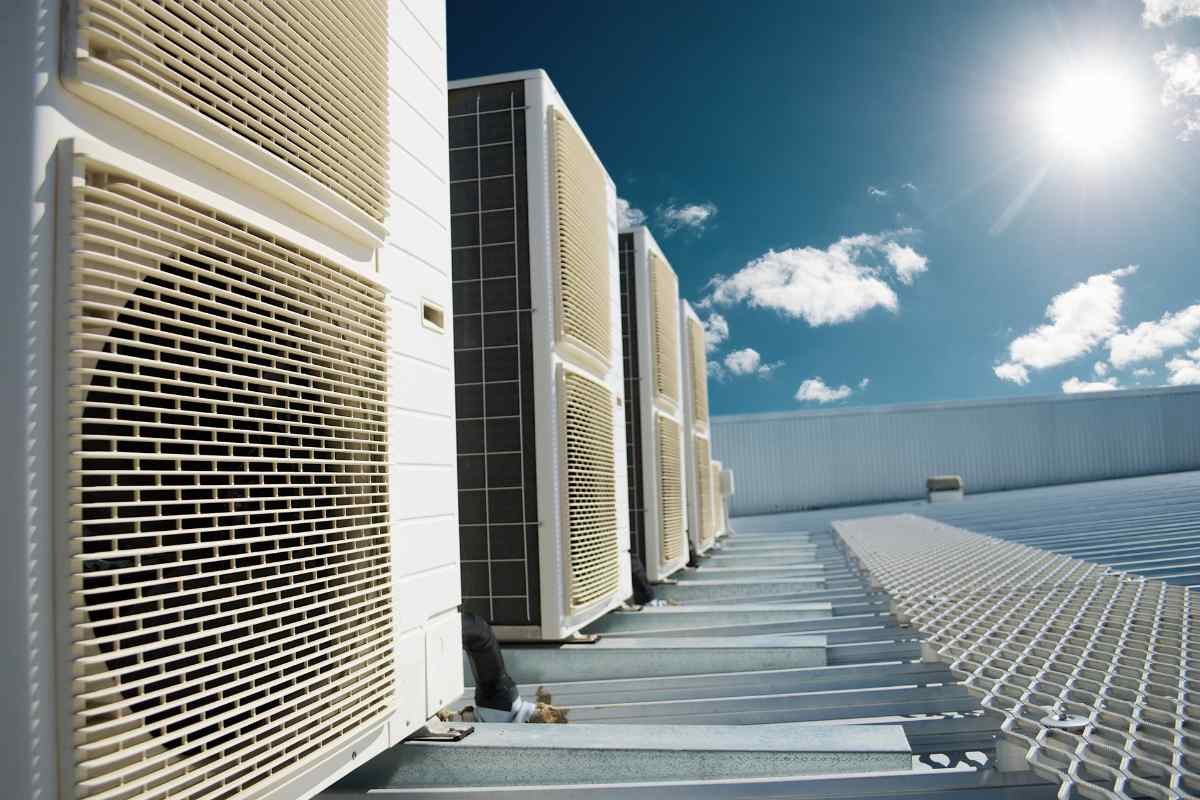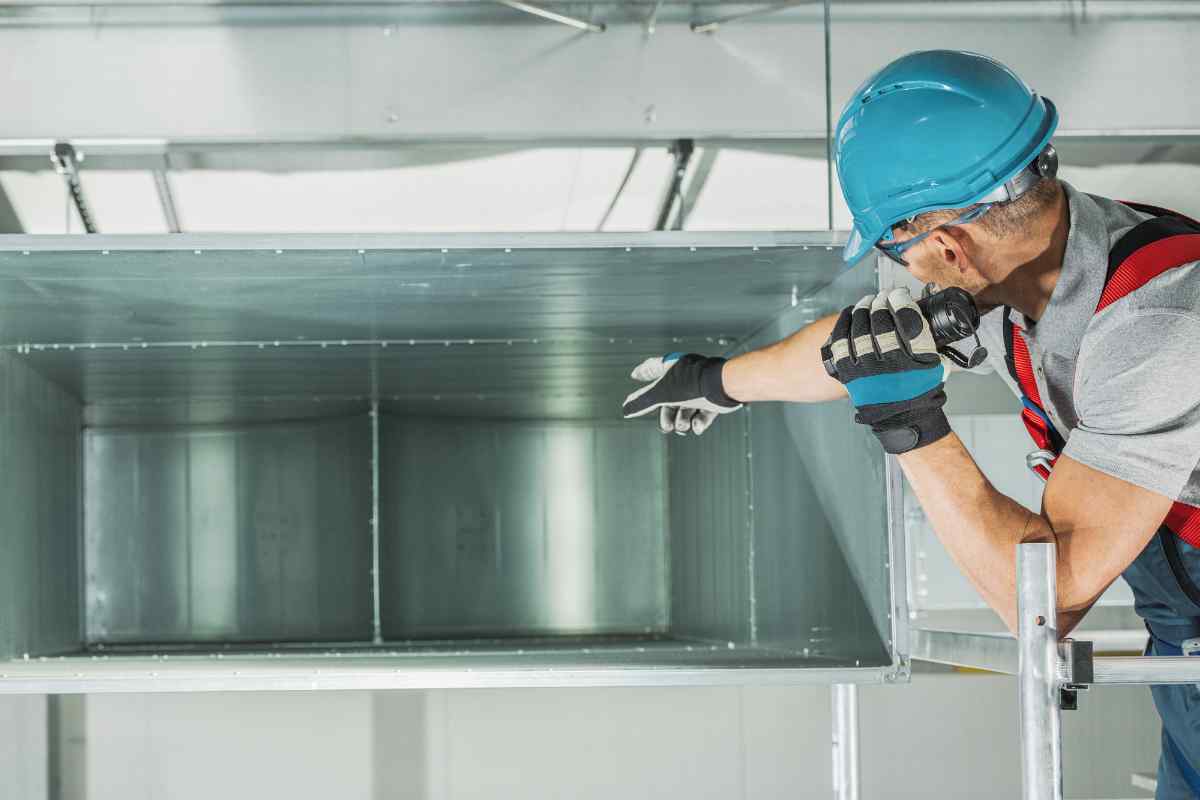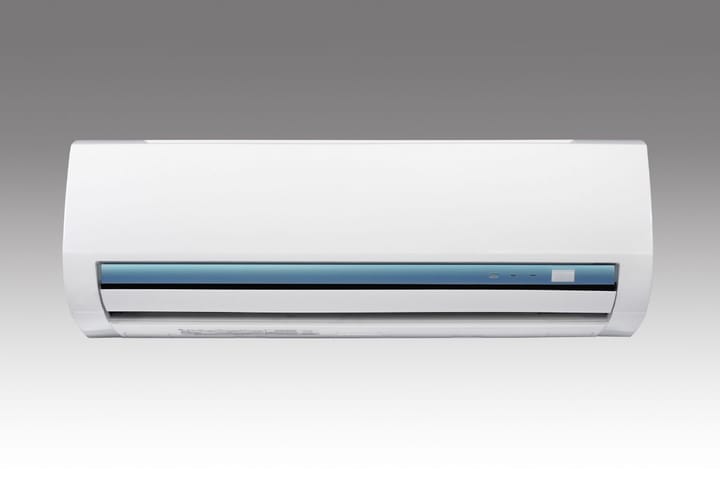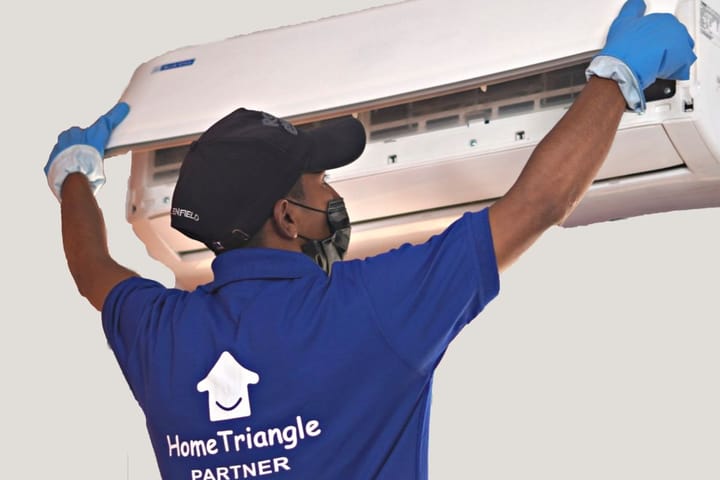Surviving the Heat: The Vital Role of HVAC Systems in a Desert Climate
Facing scorching desert temperatures above 100°F? HVAC systems are crucial for comfort and safety, ensuring a livable indoor environment in extreme heat.

Living in a desert landscape means facing scorching temperatures that soar well above 100°F during summer. This extreme heat isn't just uncomfortable and can pose serious health risks and strain on buildings. In such a climate, the role of HVAC (Heating, Ventilation, and Air Conditioning) systems becomes vital in maintaining a livable indoor environment.
Understanding a Desert Climate
A desert climate is characterized by hot summers and mild winters. The average high temperature in summer hovers around 105°F, with occasional heatwaves pushing it even higher. The lack of humidity intensifies the heat, making it feel more oppressive. Winters are milder, but you can still see temperature drops, especially at night.
This extreme climate places immense pressure on buildings and infrastructure. Without proper cooling and ventilation, indoor spaces can become unbearably hot, leading to discomfort, heat-related illnesses, and even property damage.
The Evolution of HVAC Systems
Over the years, HVAC systems have undergone significant advancements to meet the challenges posed by desert climates. From traditional air conditioning units to modern, energy-efficient systems, the evolution has been driven by the need for better comfort, sustainability, and cost-effectiveness.
Early HVAC systems focused primarily on cooling, using basic refrigeration principles. As energy efficiency became a priority, technologies like variable-speed compressors, programmable thermostats, and zoning systems were introduced. Today, smart HVAC systems leverage IoT (Internet of Things) connectivity for remote monitoring and control, further optimizing energy usage.
Key Components of HVAC Systems
Where cooling is paramount, choosing the right air conditioning unit is crucial. Modern systems come with high SEER (Seasonal Energy Efficiency Ratio) ratings, indicating their efficiency in cooling. Features like variable-speed fans, dual-stage compressors, and smart thermostats enhance performance while reducing energy consumption.
Ventilation Systems
Effective ventilation is essential for maintaining indoor air quality, especially in a dry climate. Ventilation systems ensure proper airflow, removing pollutants, odors, and excess moisture. Strategies like using energy recovery ventilators (ERVs) help balance indoor humidity levels while exchanging stale air with fresh outdoor air.

Heating Systems
While deserts are known for their heat, winters can still be chilly, especially at night. Efficient heating systems, such as heat pumps or gas furnaces, provide warmth when needed without excessive energy consumption. Proper insulation and sealing also play a crucial role in retaining heat during cooler months.
Energy Efficiency and Sustainability
Given the intense energy demand for cooling in desert terrain, energy-efficient HVAC systems are essential. Investing in high-efficiency units, optimizing ductwork, and implementing smart controls can significantly reduce utility bills while minimizing environmental impact. Green technologies like solar-powered HVAC systems enhance sustainability by harnessing renewable energy sources.
To address water scarcity concerns in the desert environment, some HVAC systems integrate water-saving features. For example, evaporative coolers (commonly known as swamp coolers) use significantly less water than traditional air conditioners while still providing effective cooling, making them a sustainable option for some buildings.
HVAC Maintenance and Optimization
Regular maintenance is key to ensuring HVAC systems operate efficiently and reliably. Tasks like changing air filters, inspecting ducts for leaks, and cleaning coils improve performance and indoor air quality. Professional maintenance services also identify potential issues early, preventing costly repairs and extending the lifespan of HVAC equipment.
Furthermore, proactive measures like conducting energy audits and optimizing system settings based on occupancy patterns contribute to long-term energy savings and comfort.
Challenges and Solutions
A desert climate presents unique challenges to HVAC systems, including extreme heat, dust, and low humidity. Proper insulation, shading, and efficient system design can mitigate these challenges. Innovative solutions like using reflective roof coatings, installing shade structures, and incorporating thermal storage technology help optimize your HVAC in Phoenix.
Moreover, the growing concern about indoor air quality (IAQ) has led to the integration of advanced filtration systems and air purifiers within HVAC setups. These systems help remove airborne contaminants, allergens, and pathogens, enhancing indoor health and comfort.
Future Trends and Innovations
Looking ahead, the future of HVAC systems involves embracing smart technologies and sustainable practices. IoT integration allows for predictive maintenance, optimizing system efficiency, and reducing downtime. Refrigerants and HVAC design advancements aim to improve energy efficiency and environmental friendliness further, aligning with global sustainability goals.
The integration of Artificial Intelligence (AI) and machine learning algorithms is also on the horizon. This will enable HVAC systems to learn and adapt to specific usage patterns, further enhancing energy savings and comfort levels.
Additionally, developments in building materials and construction techniques contribute to energy-efficient building envelopes, reducing the load on HVAC systems and enhancing overall thermal comfort.
Conclusion
In such unforgiving climates, HVAC systems are not just a luxury but a necessity for comfortable living. By understanding the unique challenges and adopting innovative solutions, we can ensure comfortable, energy-efficient indoor environments while minimizing our environmental footprint. Investing in modern HVAC technology isn't just about staying cool—it's about building a sustainable future in a changing climate.




Comments ()